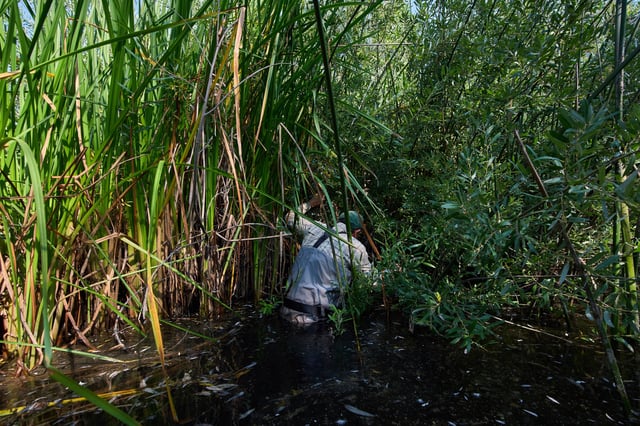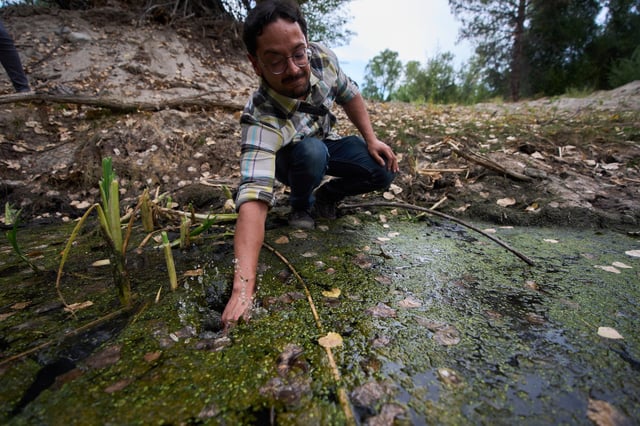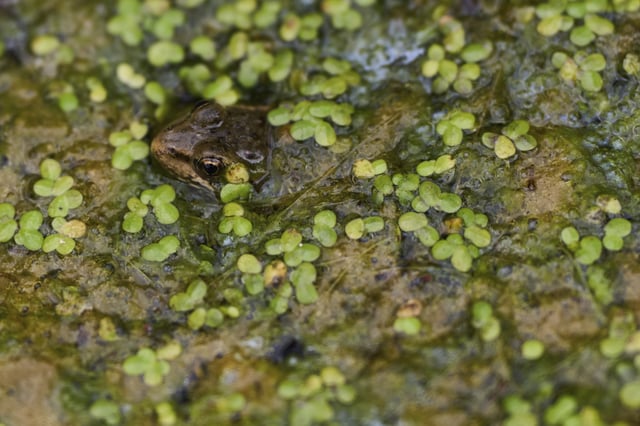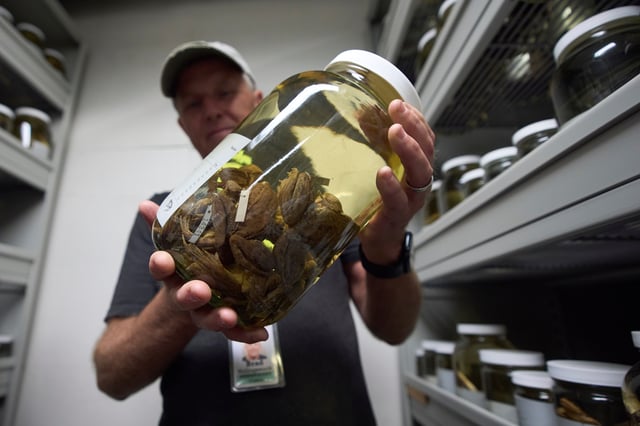Overview
- Scientists relocated egg masses from a recovering Baja population to restored ponds in Southern California, then detected the species’ breeding call on Jan. 30 and found an egg mass in March beneath the microphone that recorded it.
- Project teams now estimate more than 100 adult red-legged frogs occupy the Southern California sites, with tadpoles observed at an additional location.
- Automated audio tools cut monitoring time by rapidly separating frog calls from other sounds and are slated for near-real-time, satellite-linked alerts to speed responses to threats.
- Monitors reported no calls from invasive bullfrogs at the featured pond, a key indicator because bullfrogs historically devastated red-legged frog populations.
- The binational effort led by Fauna del Noroeste with U.S. partners, including the San Diego Natural History Museum, USGS and The Nature Conservancy, overcame pandemic-era permitting and transport hurdles and plans continued egg transfers as Baja numbers have grown from roughly 20 to as many as 400 adults.



